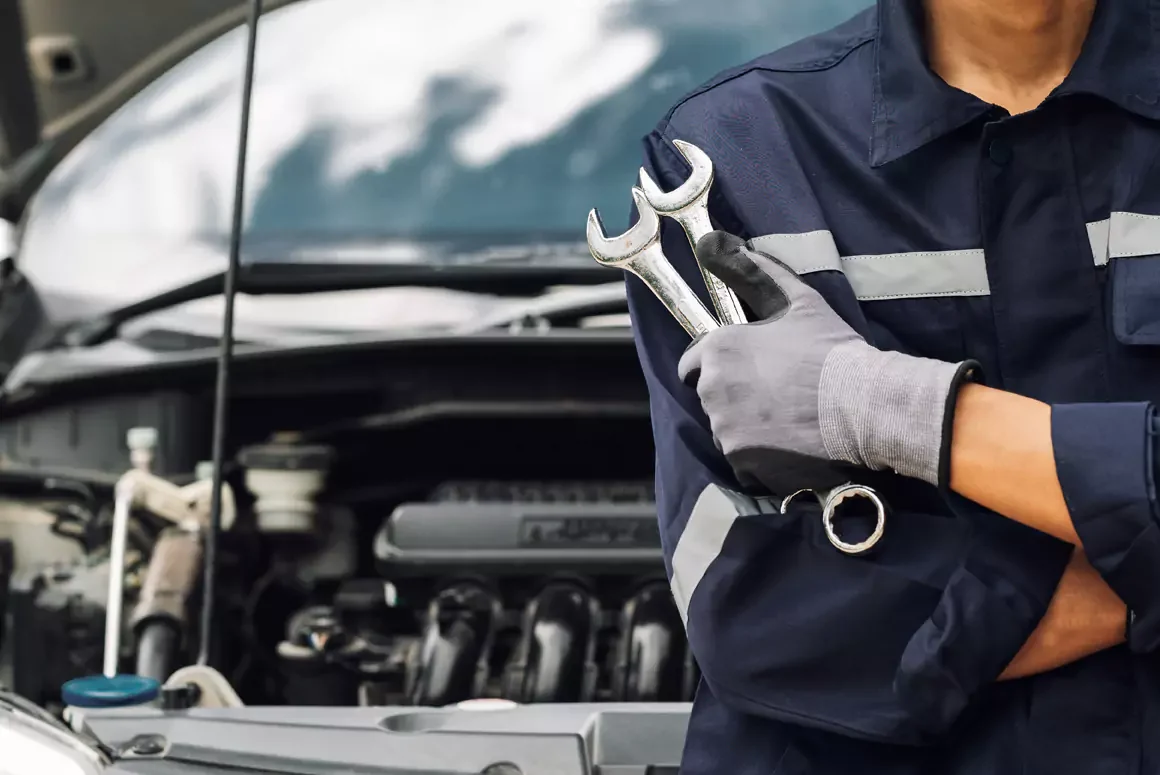When the winter comes, everyone shouts “Winterize your car,” but what about the spring season? What should you do to your car when winter is over and the spring sets in?
You know, as the frost thaws and daylight lingers, spring usually brings a renewed atmosphere that most drivers find pleasant for everyday driving. But, winter’s freezing temperatures, icy roads, and road‑salt corrosion take a toll on every component of your vehicle, and once the season is over, it is important to do a “Spring Reset” to get your car ready for the subsequent seasons—spring, summer, and autumn.
A proactive spring reset not only restores your car’s reliability and readiness for warmer temperatures but also plays a role in extending the lifespan of your car’s vital systems. In this article, we will outline a comprehensive checklist of inspections and fluid refreshes, with special emphasis on transmission oil—a frequently overlooked yet crucial element for smooth, long-term gearbox performance.
What to Check in Your Car for Spring Season
1. Tires and Wheels
First things first, you would want to check on your tires. You need to inspect the tires’ pressure to make sure they are not under‑ or over-inflated, as such could reduce fuel efficiency, accelerate uneven wear, and compromise handling. Also, make sure to measure the tread depth of each tire and replace any of them with a depth below 2/32 in (1.6mm). Finally, check for alignment to make sure your tires are straightened.
2. Battery and Electrical System
Another important part to check is the battery; constant cold temperatures strain battery capacity—perform a load test to ensure the battery can still cold‑crank and start-up seamlessly. Inspect the terminals for possible corrosion and clean them with baking‑soda (if necessary); you might want to also apply dielectric grease to the terminals. Finally, inspect the alternator and starter—belt tension.
3. Brakes
Of course, you will want to inspect the brake pad(s) and rotor(s) for possible wear and cracks; if spotted, make sure to replace the component. Refill your brake fluid—hydraulic—to ensure seamless braking efficiency.
4. Engine Air and Cabin Filters
You definitely don’t want to play with your engine, so you need to check the core components such as the air and cabin filters. If you had driven over 20k miles during winter, BuyCarParts suggests it’d be best to have these two filters replaced as they’d already be worn out. Clogged filters reduce HVAC efficiency and increase engine workload, which could potentially lead to overheating.
5. Fluid Levels
From the engine oil to the coolant/antifreeze and power steering fluids, make sure to check the levels of these fluids and top up anyone that has dropped below the marked level. Also, check for leakage spots and fix them (if any). Often ignored is the windshield washer fluid, so make sure to look into that, too.
6. Belts, Hoses, and Undercarriage
Inspect the serpentine and accessory belts for cracks or glazing. Replace any belt over five years old or showing visible wear—check the tensioning of each belt. Squeeze the radiator and heater hoses; replace them if soft, bulging, or leaking. When you have checked all these, do well to wash the undercarriage to clean out its metal parts and suspension bushings.
7. Air Conditioning System
You will be needing your AC throughout the spring season, so make sure it’s working perfectly and check the gas too. You might want to look at the compressor too and make sure it’s in perfect condition for the season’s driving.
8. Lights and Wipers
Replace any dim or burnt-out headlight bulbs. Clean the lenses to remove road‑salt haze and restore the shiny appeal of your headlights. At the same time, inspect your wiper blades; swap or replace any of the blades that have become blunt or broken.
9. Change Your Transmission Oil
Very importantly, you need to change the transmission fluid to ensure seamless operation of the gearbox. Insufficient transmission fluid can lead to serious friction of the moving parts, which could result in hard shifting, gear slipping, or unusually loud noises when changing gears. Actually, it is recommended to change the transmission oil every 30,000–60,000 miles or roughly every five years.
Spring Maintenance Checklist Table
|
Inspection Item |
What to Inspect |
|
Tires & Wheels |
Pressure, tread, rotation, alignment |
|
Battery & Electrical |
Load test, clean terminals |
|
Brakes |
Pads, rotors, fluid flush |
|
Filters (Engine & Cabin) |
Replace |
|
Engine Oil & Filter |
Change |
|
Coolant |
Check & replace |
|
Belts & Hoses |
Inspect & replace if worn. |
|
Transmission Fluid |
Drain & refill or flush. |
|
A/C System |
Test, refrigerant top‑off |
|
Lights & Wipers |
Replace bulbs, wiper blades. |
|
Undercarriage |
Wash |
Reference Read: More information at azom.com


